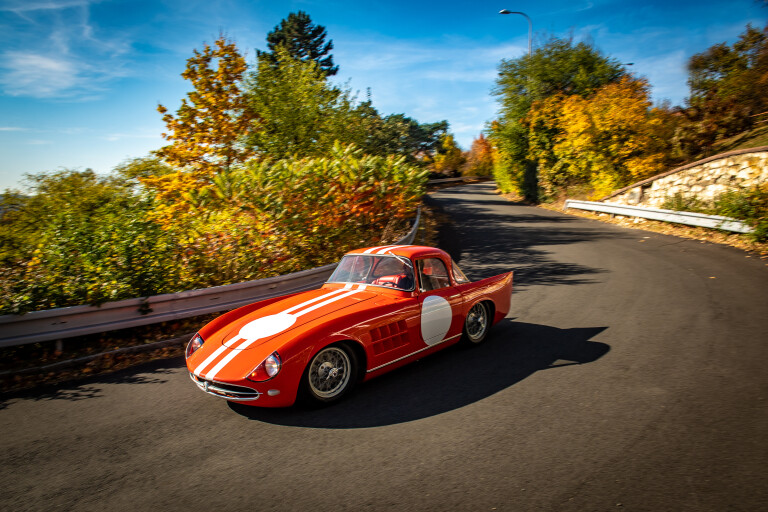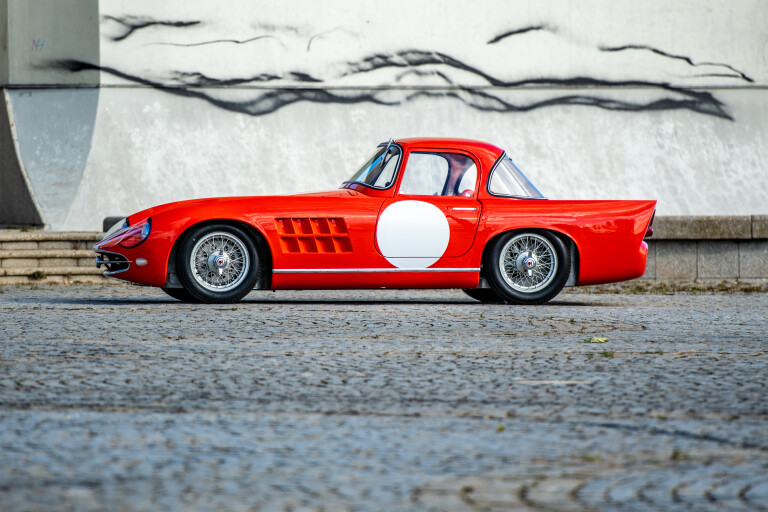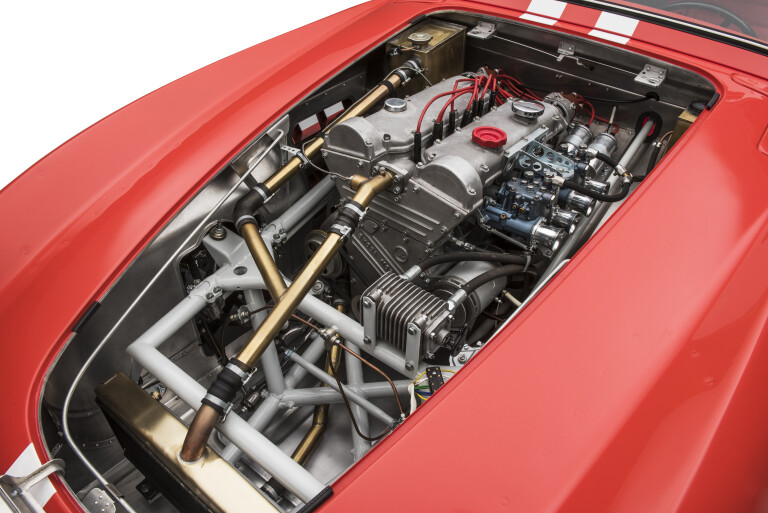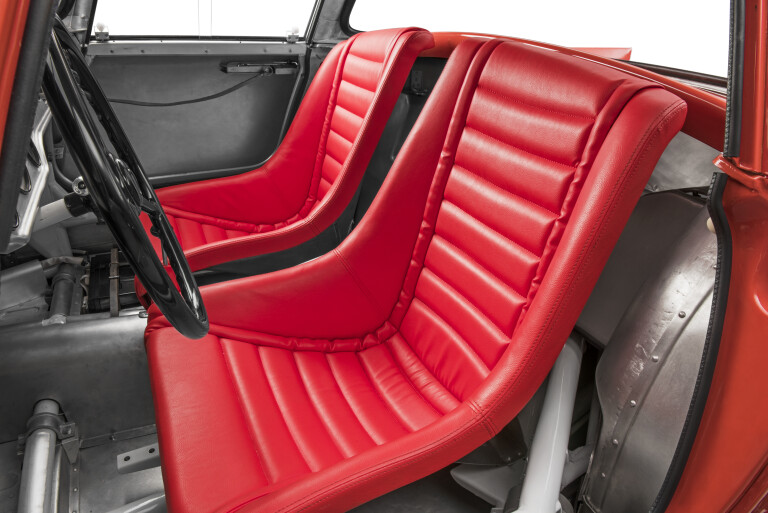
Snapshot
- Only two Skoda 1100 OHC Coupés were ever made
- The hand-crafted aluminium body was crafted from scratch
- The restoration marks Skoda Motorsport's 120th anniversary
The Skoda Museum and Skoda Prototype Centre have joined forces to rebuild the classic 1100 OHC Coupé racing car.
The build has been created to mark the 120th anniversary of Skoda Motorsport.
Based on the open-top 1110 OHC circuit racer, just two 1100 OHC Coupés were completed in 1959 and 1960, but their careers were cut short in 1962 due to regulation changes that led to the 1100cm3 racing category being abolished.

They were both privately sold in 1966 and subsequently destroyed in road accidents. However, several components survived, including the lightweight truss frame (which had been trisected) the front axle and other parts, with the Skoda Museum purchasing them from a private collector in 2014.
The museum also sourced one of the original engines, which was on display at a technical college.
With original drawings from the Skoda archive, the entire chassis was restored, along with a newly reconstructed radiator and fuel tank.

It was originally planned to display the Coupé remnants next to the museum's open-bodied 1110 OHC. However, it was decided to reconstruct it as a fully functional vehicle instead.
Painstaking rebuild
The project's biggest challenge was to reconstruct the hand-crafted aluminium body from scratch. This saw the restoration workshop team work closely with colleagues from the Prototype Centre, who created 3D grid drawings based on scans of the original 1:1 scale 2D blueprints.
This allowed the experts to view the car from all sides in the virtual studio and, with the help of old photos and sketches, recreate the shapes of individual elements – such as the areas around the headlights and triangular tail-lights.

Miniature models were also created followed by full-scale mock-ups of the front and rear body corners.
After all the adjustments were approved, Skoda engineers began working on the partition walls, the wheel arches and other body elements.
The bodywork was created from 0.8 millimetre and 1 mm thick aluminium sheets, which were manually welded and beaten to shape during the reconstruction.

The elaborate project to completely reconstruct the vehicle also required numerous parts that were used in production Skoda vehicles at the time.
The outer door handles were the same as those on the Skoda 1200 ‘Sedan’, with some switches and the ignition lock also used in the Skoda 440 Spartak and Octavia.
The three-spoke steering wheel finished in black plastic was adopted from the Skoda Popular – the Czech carmaker's bestseller during the pre-war period.
Skoda 1100 OHC Coupe in detail
The diminutive Skoda 1100 OHC Coupé took advantage of a lightweight, yet rigid, truss frame welded from thin-walled tubes.

A trapezoidal suspension, consisting of two triangular wishbones arranged one above the other, was used for the front wheels, while a coupling axle with trailing arms was installed at the rear.
The engine was located behind the front axle and, along with the assembly unit comprising rear axle differential and five-speed gearbox, achieved an almost ideal weight distribution and excellent handling.
Power came from a naturally-aspirated in-line four-cylinder engine. The cylinder and crankcase were made of aluminium and were derived from the Skoda 440 Spartak, as was the crankshaft.

However, the racing car significantly exceeded the Spartak’s output of 29.4kW at 4200rpm thanks to its optimised combustion chambers and OHC valve drive, a compression ratio of 9.3:1, two carburettors, double dynamo battery ignition from Bosch, Scintilla Vertex magnetos and many other modifications.
The resulting output was 67.7 kW at 7700rpm, and it could reach up to 8500rpm in short bursts.
That's not much power by today's standards, but depending on the overall gear ratio, which could be adjusted according to the specific racetrack, the two-seater with aluminium bodywork and an unladen weight of just 555 kilograms reached a top speed of around 200km/h.

Dual-circuit brakes always ensured effective deceleration, and to reduce the unsprung mass, rear drum brakes were mounted on the differential gear.
Both coupés were originally clad with a bare anodised finish, but painted red during the 1962 racing season.
Click on any picture to see the full gallery.

COMMENTS